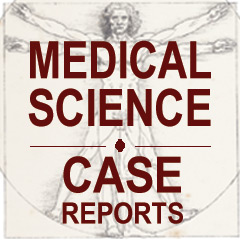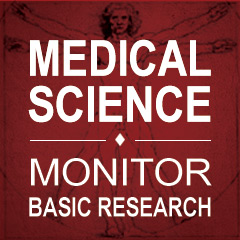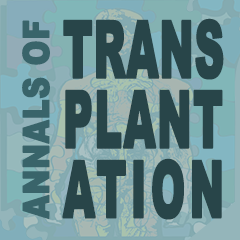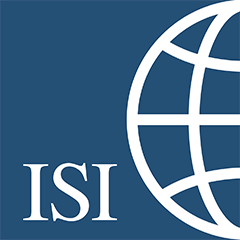Get your full text copy in PDF
Dimitrios Kalogeropoulos, Emmanouil Katsanevakis, Maria E. Rogalidou, Nikolaos Chaliasos, Chris Kalogeropoulos
Med Sci Case Rep 2017; 4:9-13
DOI: 10.12659/MSCR.902001
BACKGROUND:
Goldenhar syndrome is a rare, although well-recognized clinical entity, which is apparent at birth and is usually characterized by involvement of craniofacial structures, including manifestations of the first and second branchial arches. More specifically, it is defined by unilateral (in some cases bilateral) pathological findings, including craniofacial, ocular, and vertebral defects and malformations and its diagnosis is based mainly on clinical features.
CASE REPORT:
This is a case of a 4.5 year-old female with Goldenhar syndrome. She was referred to our hospital and the final diagnosis was determined after an ophthalmological investigation showing microcornea and an epibulbar lipodermoid of the right eye, combined with preauricular appendages of the right ear and facial asymmetry. Our patient was also found to have mild scoliosis, but no other cardiac, renal, respiratory, or central nervous system malformations (findings similar to the majority of individuals with this syndrome).
CONCLUSIONS:
The combination of hemifacial microsomia, preauricular appendages, and vertebral, eye, and ear anomalies is the most typical form of this syndrome and should be considered substantially helpful in the differential diagnosis, especially in syndromes with similar presentations. This case highlights the importance of multidisciplinary assessment of patients with Goldenhar syndrome in order to identify all the related anomalies and identify a satisfying therapeutic approach and follow-up. Additionally, clinicians should be aware of the need to inform parents, after a child’s birth, of the importance of noticing possible malformations during his/her physical development as this could contribute to an early diagnosis of a genetic disease and therefore lead to a better prognosis.
Keywords: Congenital Abnormalities, Craniofacial Abnormalities, Goldenhar Syndrome





